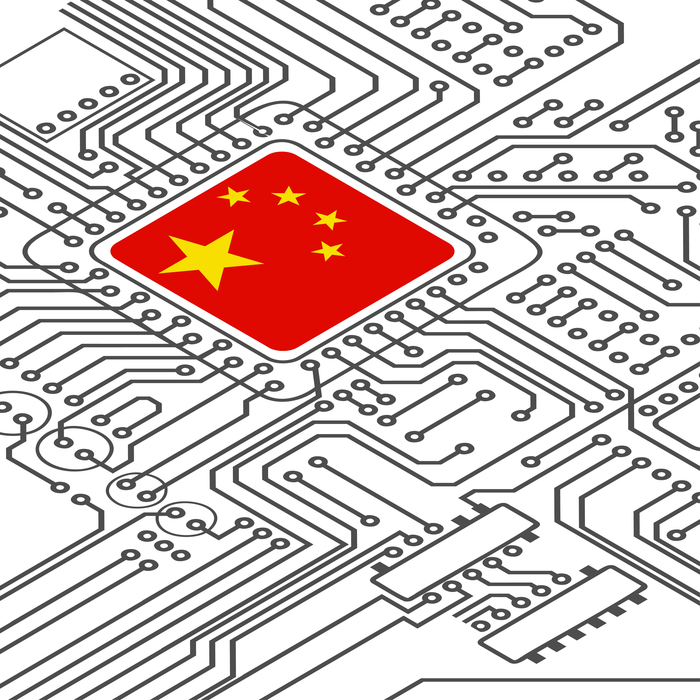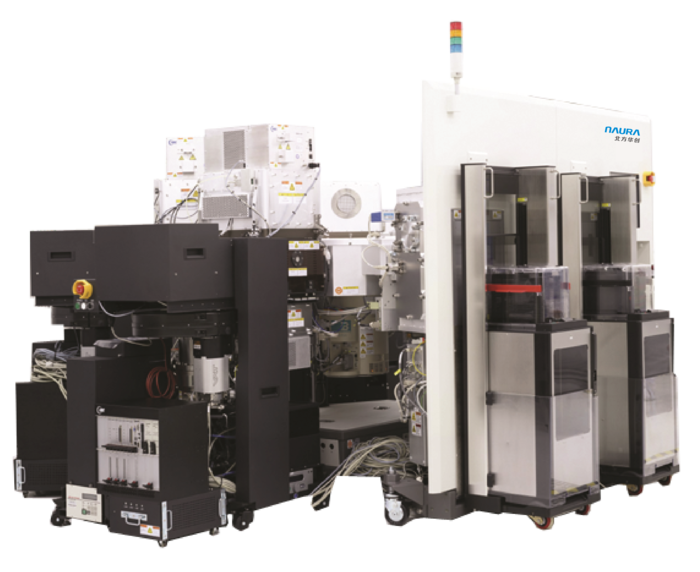
ⓒGetty Images Bank
It has been reported that the Chinese government is pursuing a policy of reorganizing semiconductor equipment companies into a small elite. This is a move to maximize industrial competitiveness and strengthen semiconductor independence in the face of strong sanctions by the Donald Trump administration in the United States.
According to industry sources on the 21st, the Chinese government is pursuing a strategy of massively reorganizing domestic semiconductor equipment companies and focusing on core companies. Due to the unique nature of China’s socialist market economy system, there are many local equipment companies that depend on government subsidies, and it has been reported that the government is planning to consolidate the current number of over 200 companies into around 10.
An industry insider familiar with China’s situation said, “There is a movement to focus resources on major equipment companies and ‘promote companies that are doing well’,” and “In a situation where President Trump is putting maximum pressure on China, they are seeking a way out through ‘selection and concentration.’”
According to the Korea Institute for International Economic Policy, the Chinese government has been promoting domestic semiconductor production by creating an investment fund of 1.3311 trillion yuan (approximately 259 trillion won) over the past 10 years from 2014 to last year. However, China's semiconductor self-sufficiency rate is only at 23%. This is because it is not easy to secure advanced semiconductor technology even with massive investment. It is interpreted that the Chinese government is trying to find a breakthrough by increasing the size of key companies while focusing support on a small number of companies.

Nowra Semiconductor Etching Equipment. (Photo = Nowra)
The recent acquisition of shares of coating equipment company Kingsemi by Nowra Technology (Northern Huachang), China’s largest semiconductor equipment company, is interpreted as a signal of the Chinese government’s consolidation policy. Last month, Nowra announced that it would acquire a 9.5% stake in Kingsemi for 1.69 billion yuan (330 billion won). It plans to increase its stake and secure management rights within the next year. Nowra is a global top 10 equipment company that produces semiconductor deposition, etching, and cleaning equipment, and with this acquisition, it has diversified its equipment lineup into the coating sector.
The industry expects that there will be more moves to maximize the capabilities of leading equipment companies in line with the Chinese government’s policy. Leading companies are expected to actively pursue mergers and acquisitions (M&As) to further increase their corporate size.
It is also reported that China is pursuing a detour to US regulations for semiconductor equipment exports. This is an attempt to change the final production location by assembling semiconductor equipment in Singapore or Malaysia.
Global expansion is essential for Chinese equipment companies to secure competitiveness. However, in order to prevent this, President Trump has listed many Chinese companies on the Entity List and is imposing a combined tariff rate of 145% on Chinese imports. In response, China is said to be evading regulations by changing its production location.
This move by China is seen as both an opportunity and a crisis for the domestic semiconductor industry. China’s growing self-reliance in semiconductors is a threat, but ‘de-China’ could be an opportunity. An industry insider said, “The U.S. is trying to completely exclude China from the semiconductor supply chain, down to every single component,” and “Since alternative demand is bound to arise, our country should use this as an opportunity to expand its supply of small and medium-sized businesses (materials, parts, and equipment).”

中 정부, 반도체 장비사 재편 추진…“200개→10개 '선택과 집중'”
중국 정부가 반도체 장비사를 소수 정예로 재편하는 정책을 추진하는 것으로 알려졌다. 미국 도널드 트럼프 행정부의 강도 높은 제재에 맞서 산업 경쟁력을 극대화, 반도체 자립을 강화하려는 포석이다. 21일 업계에 따르면 중국 정부는 자국 반도체 장비사를 대대적으로 재편,
